Home>Home Maintenance>How To Use The Venmar Ventilation System During Winter
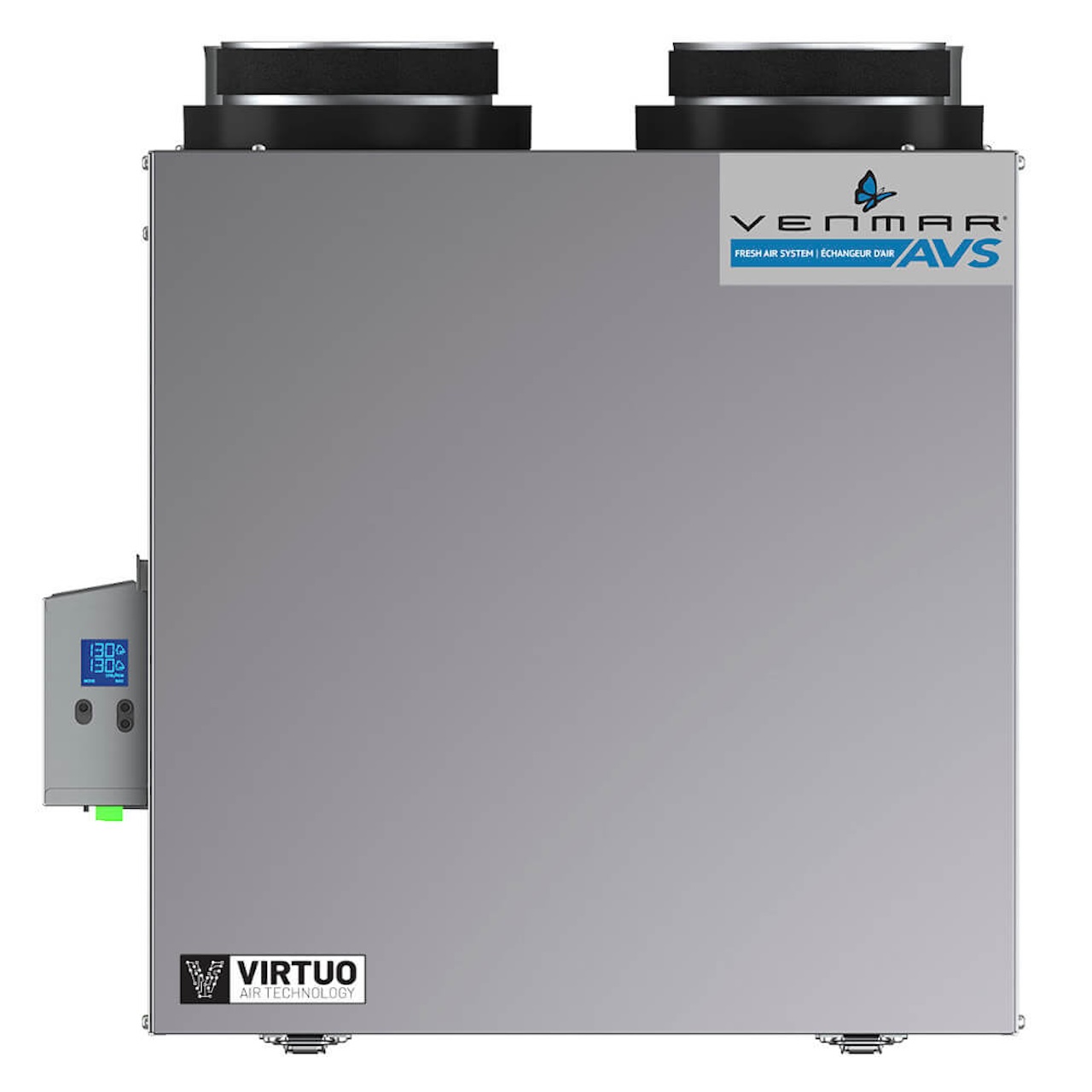

Home Maintenance
How To Use The Venmar Ventilation System During Winter
Modified: March 6, 2024
Ensure optimal home maintenance this winter with the right Venmar ventilation system settings. Discover what settings to choose for a cozy and energy-efficient home.
(Many of the links in this article redirect to a specific reviewed product. Your purchase of these products through affiliate links helps to generate commission for Storables.com, at no extra cost. Learn more)
Introduction
Welcome to the world of home maintenance! As winter approaches, it’s essential to ensure that your home is prepared to handle the changing weather conditions. One crucial aspect of winter maintenance often overlooked is optimizing your ventilation system. In this article, we will specifically focus on the Venmar ventilation system and how to adjust it for winter.
The Venmar ventilation system is a popular choice for homeowners who prioritize indoor air quality and energy efficiency. It is designed to extract stale air from your home and replace it with fresh, filtered air from the outside. This system not only keeps your home well-ventilated but also helps to reduce energy costs by recovering heat from the outgoing air.
During the winter months, it’s important to make adjustments to your Venmar ventilation system to ensure optimal performance. This article will guide you through the process and provide you with valuable insights to keep your home comfortable, healthy, and energy-efficient during the colder months.
So, let’s dive in and explore the steps for adjusting your Venmar ventilation system for winter!
Key Takeaways:
- Keep your home cozy and healthy in winter by adjusting your Venmar ventilation system. It helps control moisture, improves air quality, and boosts energy efficiency, ensuring a comfortable indoor environment.
- Understand the factors and recommended settings for your Venmar ventilation system in winter. Don’t forget to address potential issues and perform regular maintenance for smooth operation.
Read more: How To View Greenery During Winter
Understanding the Venmar Ventilation System
Before we delve into the intricacies of adjusting the Venmar ventilation system for winter, let’s take a moment to understand how this system works. The Venmar ventilation system operates on the principle of balanced ventilation, meaning it both extracts stale air from your home and brings in fresh outdoor air.
The system comprises several key components, including an exhaust fan, air filters, and heat recovery technology. The exhaust fan is responsible for removing stale air from areas such as bathrooms, kitchens, and laundry rooms. Simultaneously, fresh outdoor air is brought in through intake vents and then filtered before entering your home.
A crucial feature of the Venmar ventilation system is its heat recovery mechanism. As the stale air is expelled from your home, the heat present in it is captured and transferred to the incoming fresh air. This ensures that your home remains warm and comfortable while conserving energy.
With the Venmar ventilation system, you can enjoy the benefits of proper ventilation without sacrificing energy efficiency. It helps maintain a healthy indoor environment by reducing pollutants, excess moisture, and odors. Additionally, it helps prevent the buildup of carbon dioxide and other harmful gases, promoting optimal air quality.
Now that we have a basic understanding of the Venmar ventilation system, let’s move on to why it’s crucial to make adjustments to it specifically for the winter season.
Importance of Adjusting Venmar Ventilation System for Winter
As winter arrives, the outside temperature drops significantly, and we tend to rely more on heating systems to keep our homes warm and cozy. While it’s essential to maintain a comfortable indoor temperature, it’s equally important to ensure proper air circulation and ventilation, especially during the winter months.
Here are a few reasons why it’s crucial to adjust your Venmar ventilation system for winter:
- Moisture Control: During the winter, condensation can become a common issue, which can lead to mold growth and damage to your home’s structure. By adjusting your Venmar ventilation system, you can effectively control moisture levels, preventing these issues from occurring.
- Air Quality: Winter often means spending more time indoors, which can result in reduced air quality due to the accumulation of pollutants, such as dust, pet dander, and allergens. By properly adjusting your Venmar ventilation system, you can remove these harmful particles and maintain a healthier indoor environment.
- Energy Efficiency: Adjusting your Venmar ventilation system for winter can help optimize energy efficiency in your home. By recovering heat from the outgoing air and pre-warming the incoming fresh air, your heating system won’t have to work as hard to maintain a comfortable temperature, ultimately reducing energy consumption and lowering your utility bills.
- Comfort: Proper ventilation is vital for maintaining a comfortable indoor environment. By adjusting your Venmar ventilation system, you can ensure a steady supply of fresh air while limiting drafts and cold spots that can be common during winter months.
By taking the time to adjust your Venmar ventilation system for winter, you can experience improved air quality, energy efficiency, and overall comfort in your home. It’s a small step that can have a significant impact on your well-being and the longevity of your home.
Now that you understand the importance of adjusting your Venmar ventilation system for winter let’s explore the factors to consider when making these adjustments.
Factors to Consider when Setting Venmar Ventilation System for Winter
When adjusting your Venmar ventilation system for winter, there are several important factors to take into consideration to ensure optimal performance and efficiency. Let’s explore these factors below:
- Outdoor Temperature: The outdoor temperature plays a crucial role in determining how your Venmar ventilation system should be set for winter. As the temperature drops, you’ll want to adjust the system to ensure a balance between fresh air intake and heat recovery. The colder it gets, the more the system should focus on heat recovery to minimize heat loss.
- Indoor Humidity Levels: Controlling indoor humidity is essential during the winter months. If your home’s humidity levels are high, it may be necessary to increase the ventilation to remove excess moisture. On the other hand, if the humidity levels are low, you may want to reduce ventilation to retain more moisture in your home.
- Occupancy and Activity Levels: The number of occupants and their activities within your home can influence the ventilation requirements. If your home is frequently occupied with activities like cooking or showering that generate more moisture and odors, you may need to increase the ventilation settings accordingly.
- Air Quality Concerns: If you have specific air quality concerns or sensitivities to allergens, adjusting the Venmar ventilation system to include higher filtration settings can help remove airborne particles effectively.
- Home Insulation: The level of insulation in your home can impact how you adjust your Venmar ventilation system. Well-insulated homes retain heat better, allowing for lower ventilation settings without compromising comfort. If your home is poorly insulated, you may need to adjust the system to accommodate greater heat recovery.
- Local Climate: Consider the climate in your specific region. Some areas experience extremely cold temperatures, while others have milder winters. Understanding the climate will help you tailor the ventilation settings to meet the specific needs of your home.
It’s important to note that the optimal settings for your Venmar ventilation system may vary depending on these factors. Taking them into account will help you make informed adjustments that align with your home’s unique requirements.
Now that we have discussed the factors to consider let’s move on to the recommended settings for your Venmar ventilation system in winter.
Set your Venmar ventilation system to the “winter” setting, which will help to reduce humidity and condensation in your home during the colder months. This will also help to prevent mold and mildew growth.
Recommended Settings for Venmar Ventilation System in Winter
When it comes to setting up your Venmar ventilation system for winter, it’s important to strike a balance between air exchange, heat recovery, and energy efficiency. Here are some recommended settings to optimize the performance of your system during the colder months:
- Ventilation Mode: Set your Venmar ventilation system to the “Heat Recovery” mode. This will ensure that the outgoing stale air transfers its heat to the incoming fresh air, pre-warming it before it enters your home. This mode allows for better energy efficiency while maintaining a comfortable indoor temperature.
- Fan Speed: Adjust the fan speed to a level that suits your ventilation needs. A lower fan speed may be sufficient for maintaining comfortable air quality and reducing noise levels. However, if you have higher occupancy levels or specific air quality concerns, you may need to increase the fan speed for more effective air exchange.
- Heat Recovery Efficiency: Find the optimum balance between heat recovery efficiency and ventilation. This can be achieved by adjusting the heat transfer rate. A higher heat transfer rate will prioritize heat recovery, while a lower rate will allow for greater ventilation. Experiment with different settings to find the right balance for your home.
- Humidity Control: If your home’s humidity levels are too high, consider increasing the ventilation setting to remove excess moisture. Conversely, if the air feels too dry, you can reduce the ventilation to help retain more moisture in your home.
- Filter Maintenance: Regularly clean or replace the air filters in your Venmar ventilation system. This will ensure optimal airflow and filtration, allowing for cleaner and healthier air inside your home.
- Timers and Controls: Take advantage of any timers or controls available on your Venmar ventilation system. This will allow you to program specific ventilation settings based on your daily routines and occupancy patterns.
Remember, the recommended settings may vary depending on factors such as outdoor temperature, insulation, humidity levels, and air quality concerns specific to your home. It’s important to monitor and adjust the settings as needed to maintain a comfortable and healthy indoor environment during the winter months.
Now that you have a better understanding of the recommended settings for your Venmar ventilation system in winter, let’s address potential issues and troubleshooting tips to ensure smooth operation.
Read more: How To Store Plants During Winter
Potential Issues and Troubleshooting Tips for Venmar Ventilation System in Winter
While the Venmar ventilation system is designed to operate efficiently, it’s essential to be aware of potential issues that may arise, especially during the winter season. Here are some common problems and troubleshooting tips to help you address them:
- Frost Build-up: In extremely cold temperatures, you may notice frost or ice build-up on the heat recovery core. This can reduce the effectiveness of heat transfer. To resolve this issue, consider installing a pre-heater or heat trace system to prevent frost formation.
- Unbalanced Airflow: If you experience uneven airflow in different areas of your home, it may indicate an issue with the ventilation system’s balancing. Check the dampers and make sure they are adjusted correctly to ensure balanced airflow throughout your home.
- Noise: Excessive noise coming from the ventilation system can be disruptive, especially during the winter when windows are generally closed. Check for any loose components or debris that may be causing the noise. Cleaning or replacing the air filters can also help reduce noise levels.
- Ventilation Inconsistencies: If you notice inconsistent ventilation, such as fluctuating fan speeds or inadequate fresh air intake, it may indicate a problem with the control settings. Double-check your programmed settings, timers, and controls to ensure they are functioning properly.
- Poor Air Quality: If you experience persistent issues with indoor air quality, such as lingering odors or increased dust particles, it may be necessary to clean or replace the air filters more frequently. Additionally, ensuring that your home’s ventilation system is properly balanced can help improve air quality.
- Maintenance Neglect: Regular maintenance is crucial for the proper functioning of your Venmar ventilation system. Make sure to clean or replace the air filters according to the manufacturer’s recommendations. Additionally, schedule annual inspections to identify any potential issues and ensure optimal performance.
If you encounter any persistent or complex issues with your Venmar ventilation system, it’s advisable to seek assistance from a professional HVAC technician. They have the expertise to diagnose and resolve any underlying problems and ensure your system operates efficiently throughout the winter season.
By being proactive in addressing these potential issues and following the troubleshooting tips, you can ensure smooth operation and maintain a healthy indoor environment with your Venmar ventilation system.
Now, let’s summarize everything we’ve covered so far.
Conclusion
Optimizing your Venmar ventilation system for winter is a crucial step in maintaining a comfortable, healthy, and energy-efficient home. By understanding how the system works and making appropriate adjustments, you can ensure proper air circulation, heat recovery, and moisture control during the colder months.
Throughout this article, we have explored the importance of adjusting your Venmar ventilation system for winter, taking into consideration factors such as outdoor temperature, indoor humidity levels, occupancy, and air quality concerns. We have also provided recommended settings for your system, emphasizing the balance between ventilation, heat recovery, and energy efficiency.
Additionally, we discussed potential issues that may arise during the winter season and provided troubleshooting tips to overcome them. Remember to perform regular maintenance, clean or replace air filters, and seek professional assistance if needed.
By following these guidelines, you can ensure that your Venmar ventilation system operates at its best, providing you with optimal indoor air quality, energy efficiency, and overall comfort.
As you embark on your winter home maintenance journey, don’t forget the significance of adjusting your Venmar ventilation system. It’s a small yet impactful step that can greatly enhance the overall well-being of your home and its occupants.
Stay warm, breathe easy, and enjoy the winter season in a comfortable and well-ventilated home!
Frequently Asked Questions about How To Use The Venmar Ventilation System During Winter
Was this page helpful?
At Storables.com, we guarantee accurate and reliable information. Our content, validated by Expert Board Contributors, is crafted following stringent Editorial Policies. We're committed to providing you with well-researched, expert-backed insights for all your informational needs.
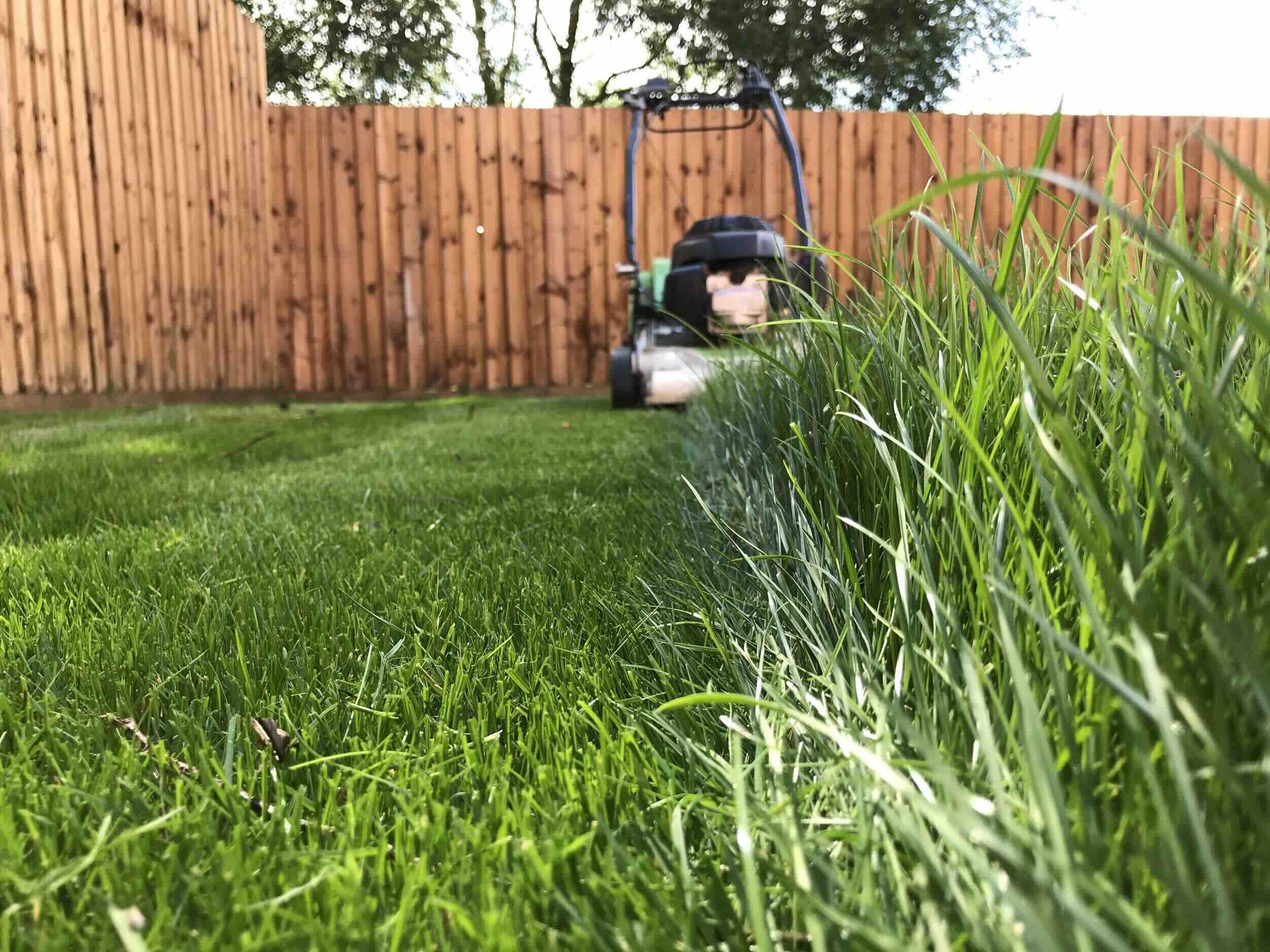
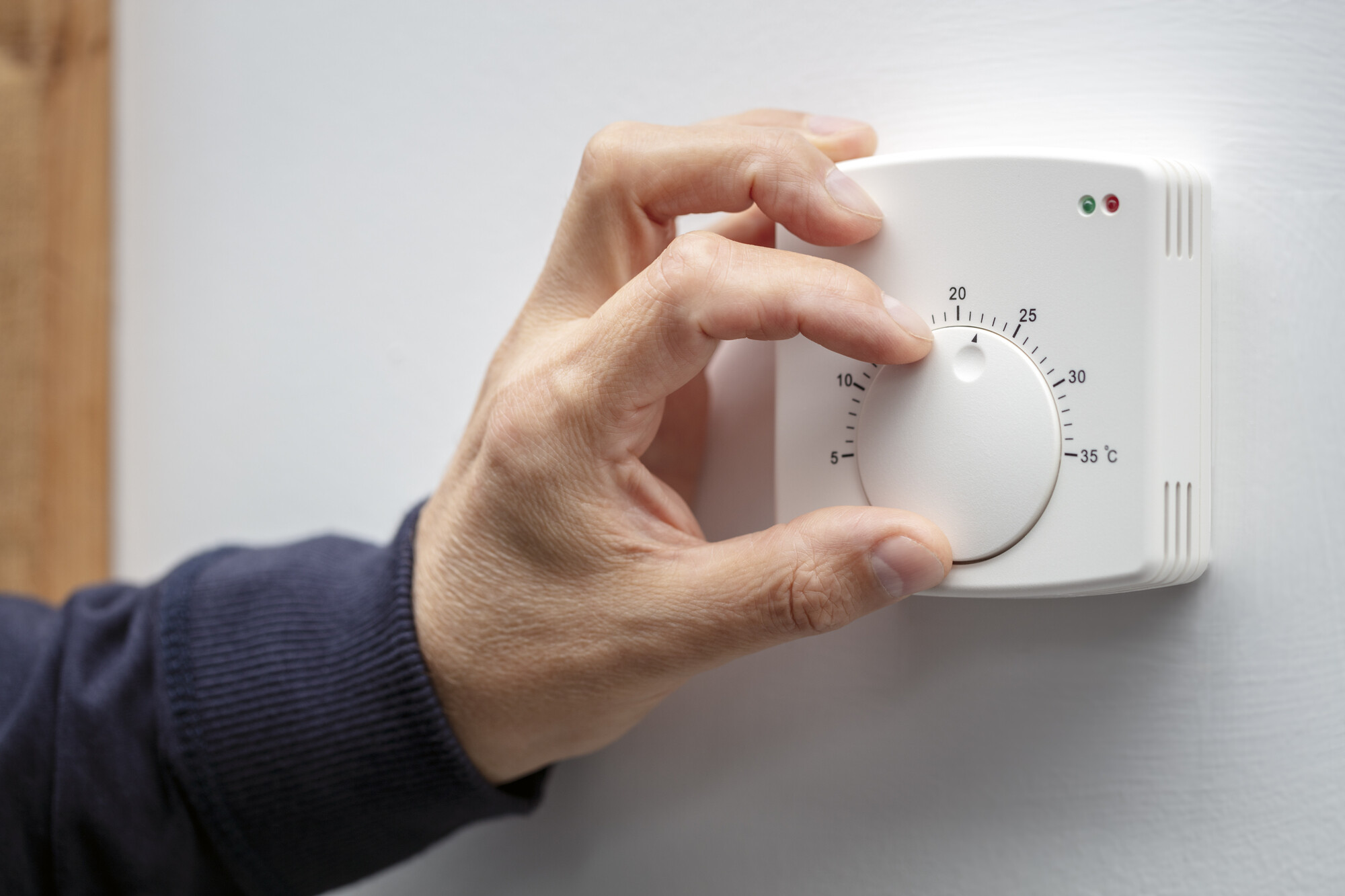
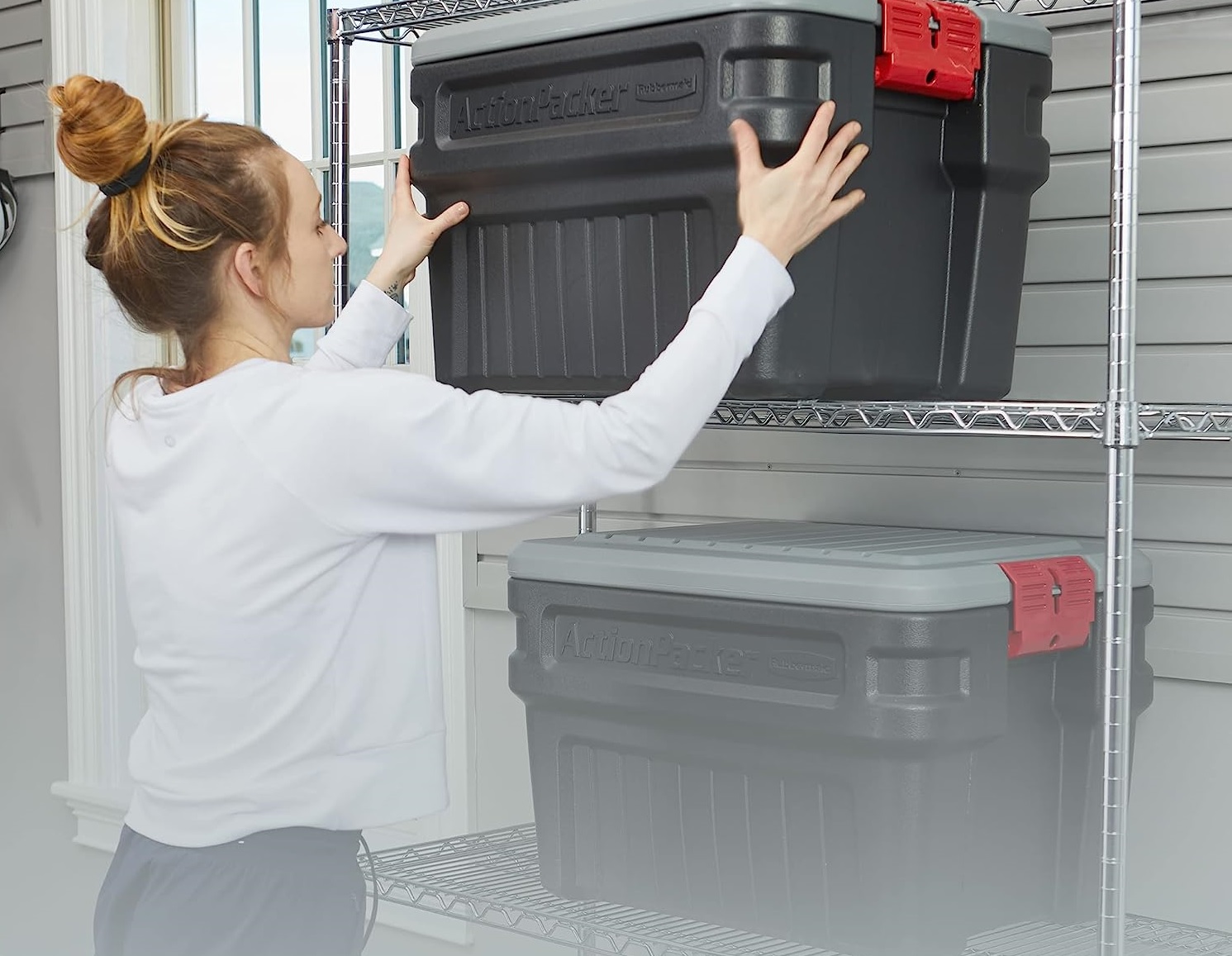

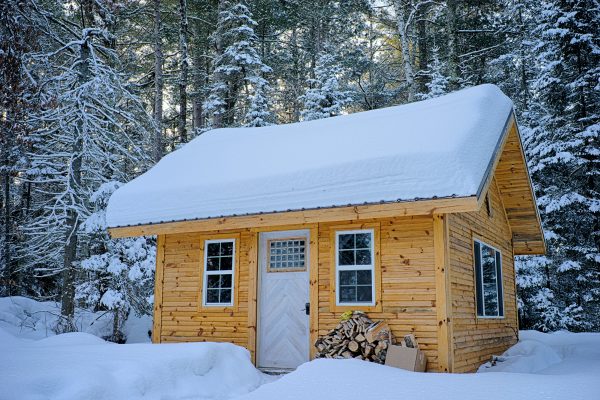

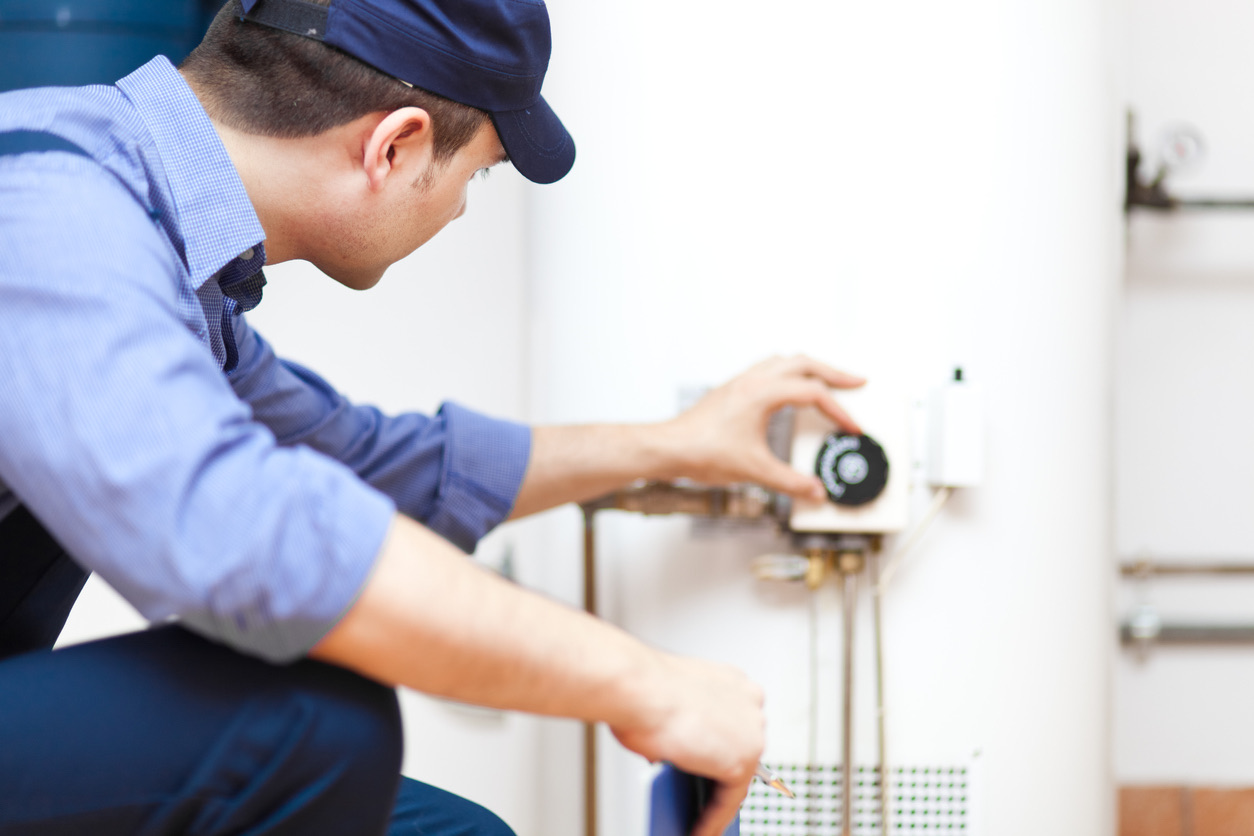
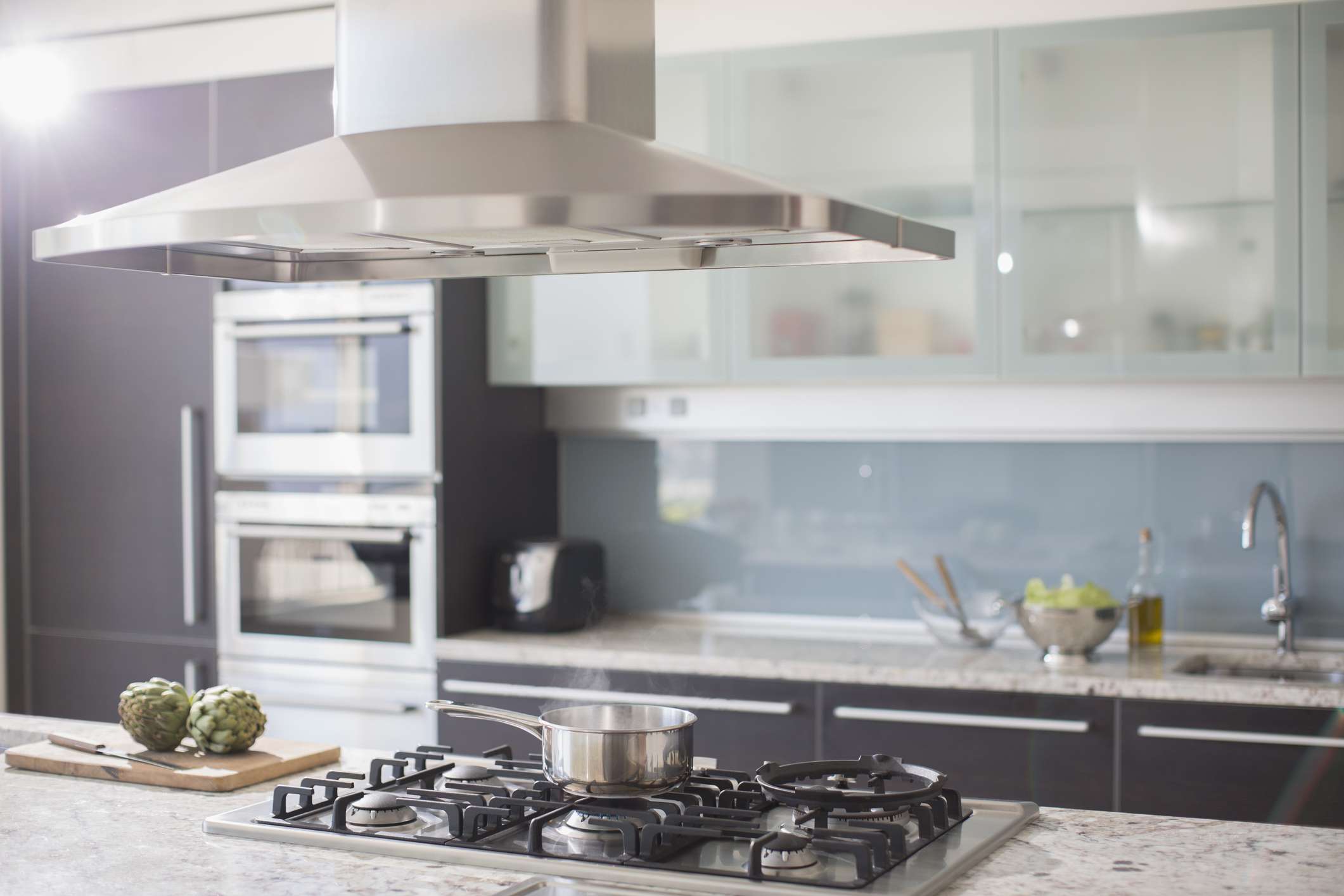
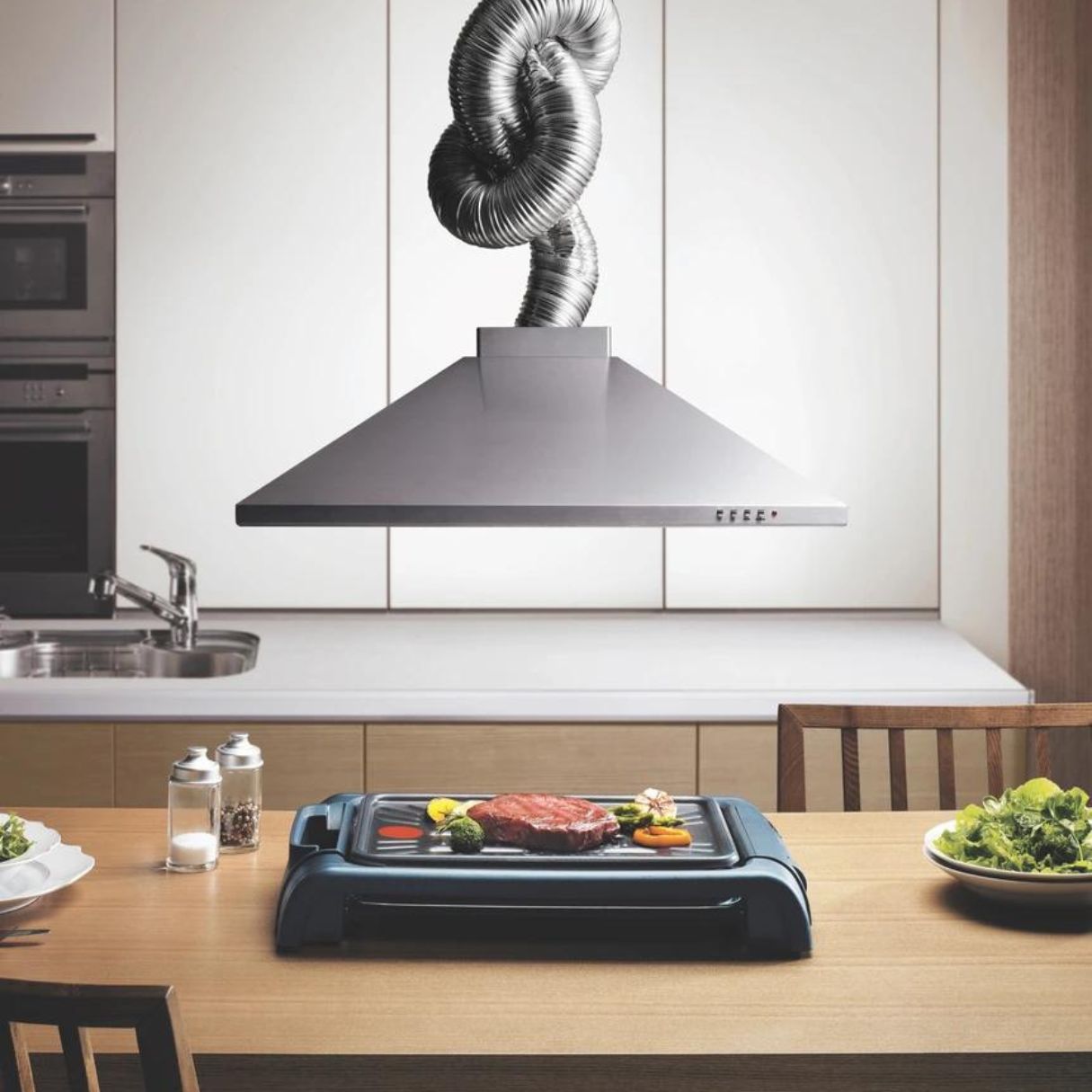

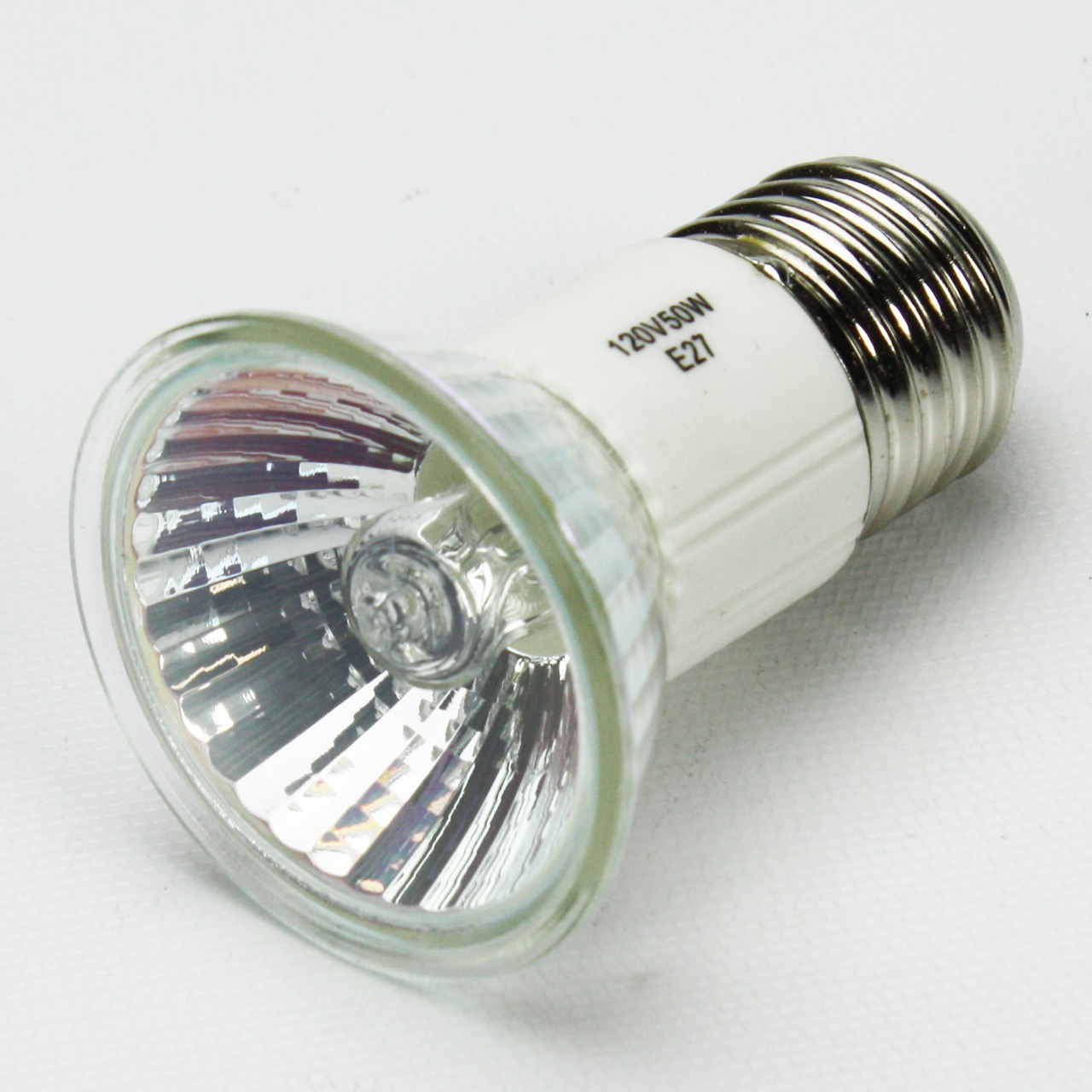
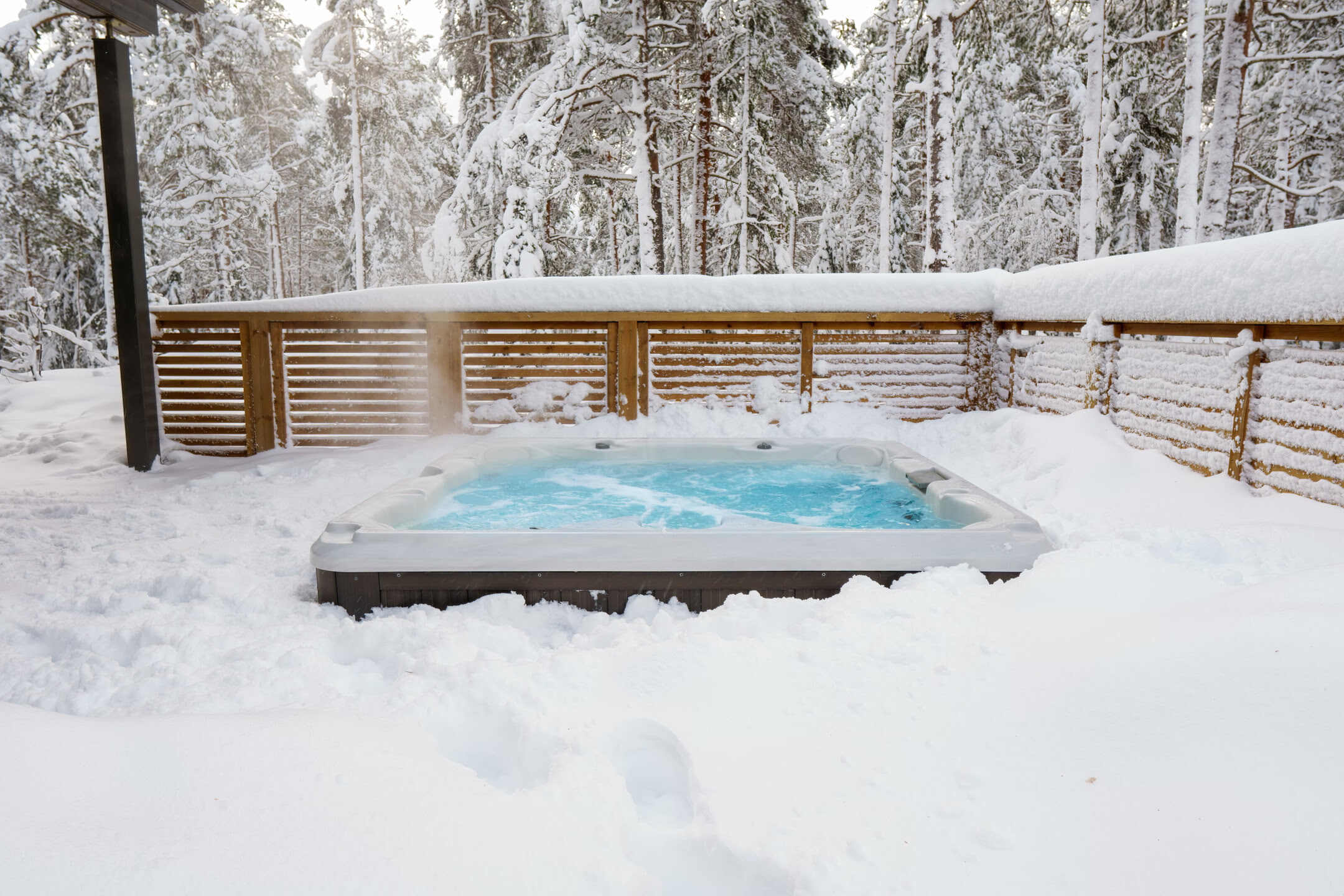

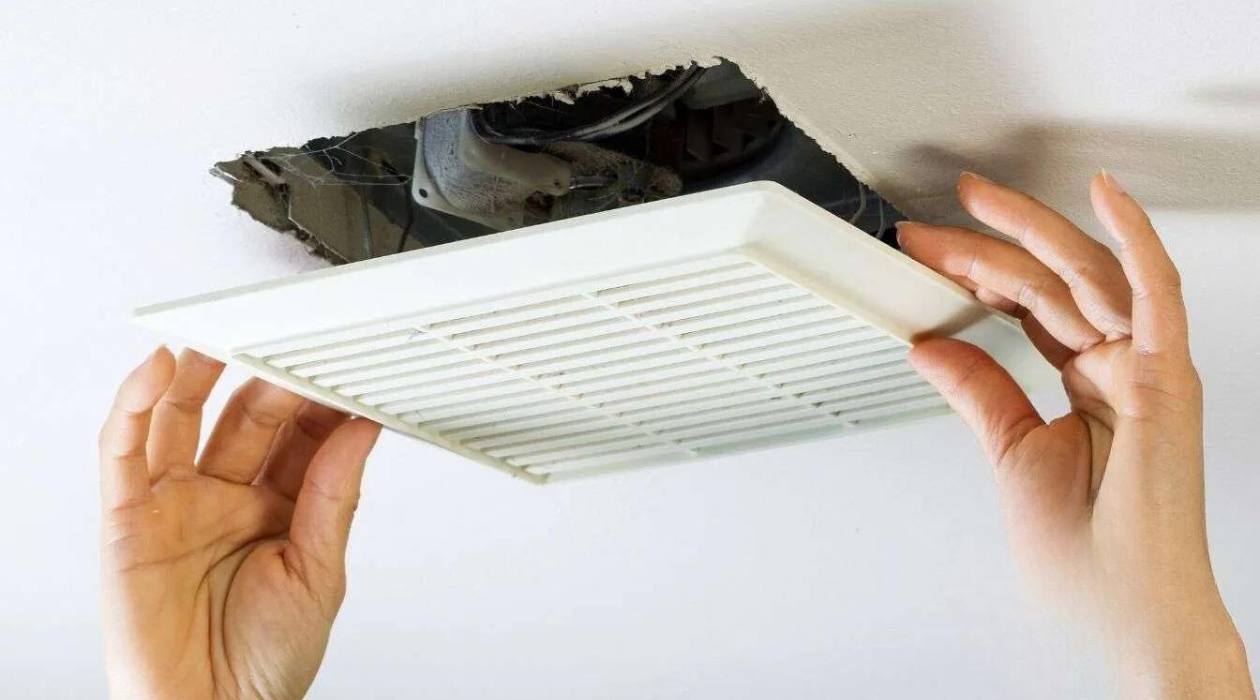

0 thoughts on “How To Use The Venmar Ventilation System During Winter”